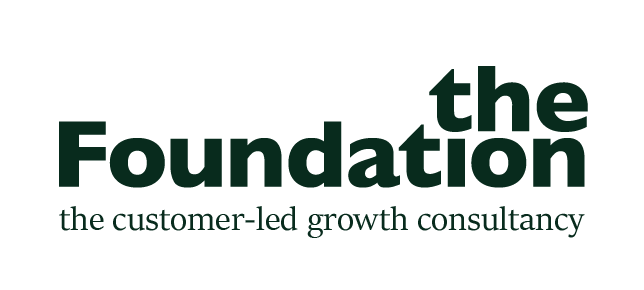Do Not Reply: The Hidden Cost of Bad Customer Experience
Our Partner John Sills reflects on how companies are creating hassle for customers - and actually costing themselves time and money - by making it hard to simply start a human conversation
I’m going to tell you a story about a fridge. Stay with me.
The saga of our kitchen which, whilst annoying, has created a rich seam of CX stories.
As we neared the end – with the kitchen finally being replaced – there was still time for an example of how companies focus on short-term savings but end up creating long-term costs.
It was time to say goodbye to the old fridge. I logged on to the council website, found the Bulky Waste Collection page, booked a slot and paid my £50.
So far, so easy.
The confirmation arrived (addressed to ‘Councillor John Sills’ – part of my mini rebellion against having to select a meaningless title – a decision I would later come to regret). It was from a ‘NoReply@’ email address, with an extra line in bold to make sure I’d really understood this was a one-way thing:
‘This is an automated email. Please DO NOT reply.’
I thought this was rather unnecessary as I had no intention of entering into a long two -way email exchange with the local Bulky Waste team. All that changed a few days later when I found out our road was going to be closed for repair on the day of collection.
I went back to the email. No reply possible.
I went on the website. No obvious way of changing the booking.
I looked at the small print. ‘Your booking cannot be changed once your request has been submitted’.
So, to the phones. A 30-minute wait then a promise of a call back that never arrived.
It’s worth pausing to reflect on what’s going on here. From a customer’s perspective, I’m wasting time trying to do something that should be quite simple. More than that, I’m trying to stop their collection team making a pointless journey, only for them to have to repeat it when they realise they can’t get down the road.
I’m trying to save them time and money.
Collection day came and went. The fridge remained at the end of the driveway (causing a few tuts and eyebrow-raises from neighbours concerned I’m affecting their house prices).
Pretty soon I tweeted about it and pretty soon their social media team responded. I got a call from someone very apologetic that this incident was happening to a local councillor (), and a promise to get it sorted. She followed up with an email and, a few days later, the fridge disappeared.
For them, several calls and messages, a pointless journey, a second collection, a call back, and a few different colleagues involved. For me, about two hours of my life wasted on a fridge when I could have been wasting it on watching Euro 2020.
And all because I couldn’t reply to an email.
Tom Goodwin summed up the irony of this situation in a tweet:
This isn’t just about email. In the drive to force customers to use the channel that’s most efficient for the company, cost is inadvertently being created elsewhere in the business: repeat calls, avoidable errors, complaints. Vanguard call this ‘Failure Demand’:
Failure demand is defined as ‘a demand caused by a failure to do something or to do something right for the customer’. Failure to do something – turn up, call back, deliver something – causes the customer to make another demand on the system’
A friend of mine who runs her own business shared a CX story of her own with me.
She was having multiple problems with a fairly small company, so emailed the CEO asking to set up a call with someone:
‘I’d like to have a conversation with a human being. To do this I’ve had to ask your team, send you a message on social media, and then email you. Please can we just speak’
His emailed reply?
‘What’s the issue?’
No hello. No sorry. No acknowledgement of the request.
After a bit of back and forth and a flat refusal to speak on the phone, my friend gave in and emailed a long list of issues.
His replies in black and hers in red tell their own story:
On a spreadsheet, the phone call was more costly than email. In reality, a 5-minute conversation would have saved a lot of time and typing, a lot of confusion, and been a far better experience overall.
Often companies map the perfect customer journey, the one where everything goes right, and the process just works; where the chatbot understands or the customer has a Frequently Asked Question. But what’s not shown are the moments with highest potential for error, the hidden costs that are being created, the stress being caused, and the opportunities that are being missed.
Looking at a customer experience overall – starting with the outcome the customer is trying the achieve rather than the individual transaction – could help save a lot of time, money, and hassle overall. It would also create better conversations, happier customers, and more successful businesses.



